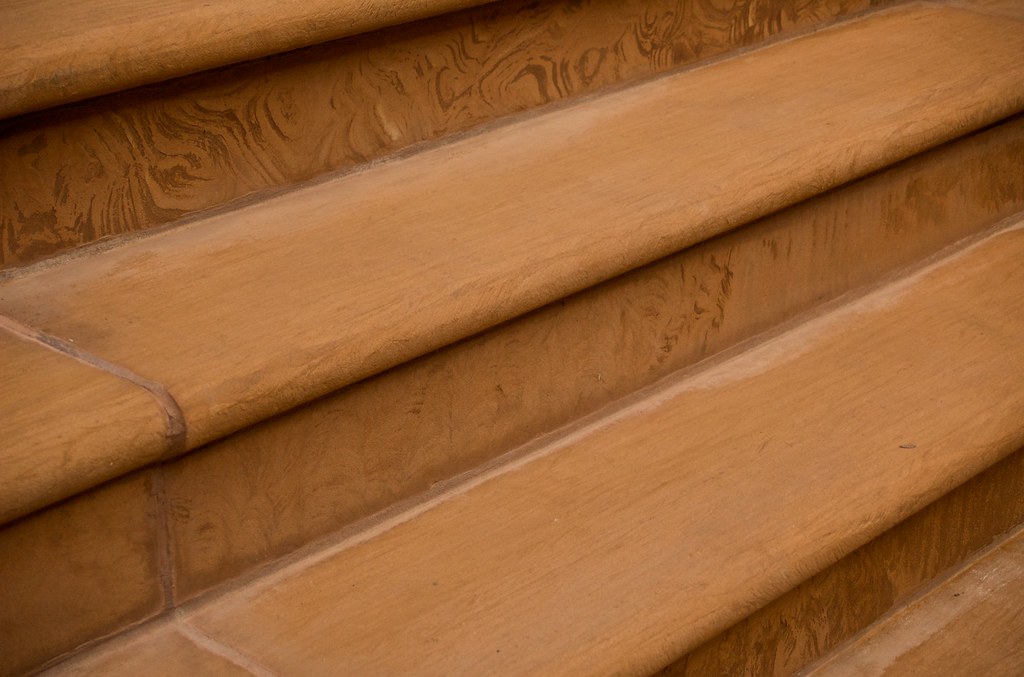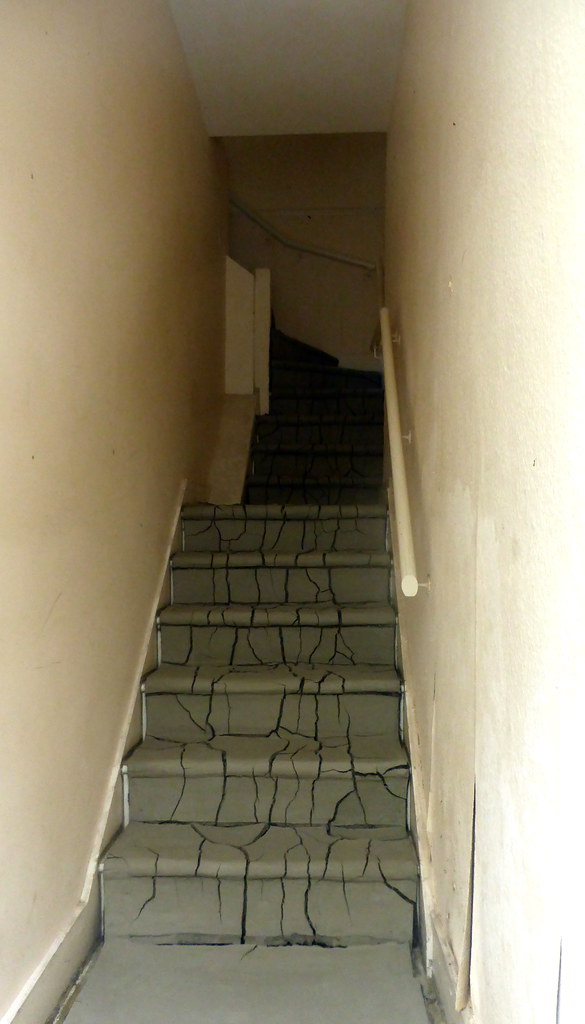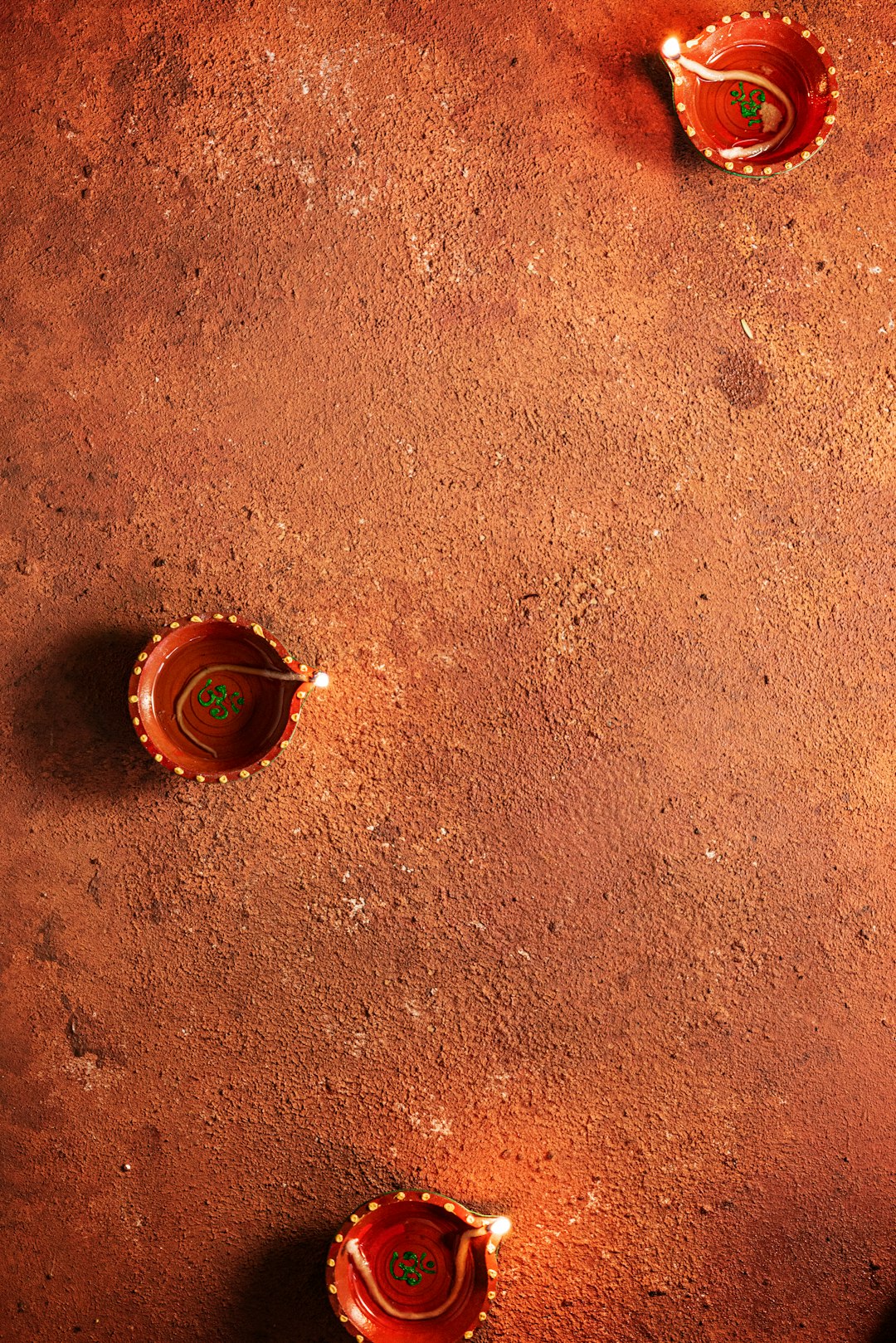The Art and Science of Pottery: Perfecting Your Craft

Pottery is both an art and a science, requiring a balance of creativity and technical skill. Whether you’re a beginner or a seasoned artist, understanding the nuances of clay and firing processes is essential to creating beautiful and functional pieces.
Understanding the Basic Stages of Clay

Before throwing your first pot or sculpting a masterpiece, it’s important to familiarize yourself with the 3 stages of clay. This crucial knowledge will guide you in perfecting your craft, as each stage requires specific handling techniques to ensure quality work.
Choosing the Right Material
One of the fundamental choices in pottery is selecting the right material. Two of the most popular options are porcelain and clay, each offering unique properties. For comprehensive guidance on making the best choice for your projects, explore the differences in porcelain vs clay.
Preventing Kiln Explosions

Knowing how to handle your materials not only ensures the success of your project but also safety in your workspace. Understanding what causes clay to explode in the kiln is vital for preventing accidents. Following proper techniques and firing schedules can mitigate these risks effectively.
Stay Updated with Recent Trends
The world of pottery is ever-evolving with new techniques and tools. To keep your skills sharp and up-to-date, explore recent articles and resources that provide insights into the latest trends and innovations in pottery.
Mastering pottery is an ongoing journey of learning and exploration. By understanding the various stages of clay, choosing the appropriate materials, and preventing common mishaps, you’ll be well on your way to crafting exceptional pieces of art.
Discover More: Sculpting with Clay
Taking the first clay steps into the world of pottery can be a transformative experience, blending creativity with hands-on skill. Whether you’re a beginner eager to mold your first masterpiece or an experienced artist aiming to refine your technique, the YouTube video “AIR DRY Clay TIPS: Sculpting For Beginners” by Sofia Bue offers a comprehensive step-by-step tutorial. Learn essential techniques, troubleshoot common issues, and find out how to prevent or repair cracks in your projects.
What Are the Essential Stages of Clay?
Clay passes through six fundamental stages before it becomes a finished ceramic piece. Each phase has its own texture and water content, giving you different shaping and sculpting possibilities:
- Slip. This is a fluid mix of clay and water, used for attaching separate pieces or adding decorative touches.
- Wet Clay. Soft and flexible, wet clay is ideal for throwing on the pottery wheel or hand-building designs.
- Leather-Hard Clay. Slightly dried but still workable, leather-hard clay is perfect for carving details and refining shapes.
- Dry Clay (Greenware). Once fully air-dried, clay becomes fragile greenware, ready for its first trip to the kiln.
- Bisque. After the initial firing, or “bisque firing,” the clay is more durable and absorbs glaze well.
- Glaze Ware. The second firing fuses the glaze to the pottery, creating a robust, fully vitrified surface.
How to Do Clay Step by Step?
Here’s a quick and easy way to soften clay for immediate use:
- Break the clay into small pieces and wrap them securely in plastic wrap.
- Fill a hot water bottle with boiling water and place it inside a plastic bag.
- Surround the bag with the clay pieces, cover with another plastic bag, and wrap everything in a towel or other insulator.
- Within five minutes, the warmth will soften the clay, making it ready to shape.
What Are the Steps for Preparing Clay?
Converting dry or reclaimed clay into workable material is a straightforward process:
- Soak the clay in water until it breaks down and becomes a slurry.
- Stir or knead the slurry to ensure a smooth consistency.
- Pour it through a fine screen to remove any lumps or debris.
- Let the mixture settle for several hours to allow water to separate.
- Carefully pour off the excess water.
- Transfer the thickened clay into a pillowcase (or a breathable fabric) and let it drain until it reaches a moldable consistency.
- Blend in around 20% sand for improved texture, and knead thoroughly before shaping or storing.
What Are the Steps in Clay Firing?
Firing your clay transforms it from a delicate form into a strong ceramic piece. Typically, you’ll fire your work in two main stages:
• Bisque Firing. In the first firing, greenware becomes hard and porous, making it easier to handle and glaze while removing any organic material.
• Glaze Firing. The second firing fuses the glaze to your piece, creating a finished surface—whether glossy, matte, or uniquely textured—and rendering the clay body fully vitrified.
Whether you're just starting out or honing your pottery skills, embracing the clay journey offers endless possibilities for creativity and personal growth. Remember, every masterpiece begins with that first step, and the beauty lies in the process as much as the final piece.
Stay Connected and Inspired
I'd love to see your clay creations and hear about your experiences! Be sure to follow us on Instagram for more tips, inspiration, and a supportive community as you continue your pottery adventure.
